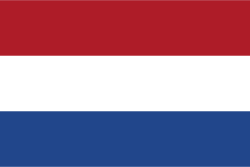Country Focus/Poland
|
Posted 18/11/2013
First posted: 18 November 2013
In 1999, a mandatory social health insurance scheme was established in Poland. In each of the 16 provinces, self-administering, regional sickness funds were set up; furthermore, sickness funds for certain professions were installed. This system proved to be inefficient and therefore the national health fund (Narodowy Fundusz Zdrowia, NFZ) under the control of the Ministry of Health(Ministerstwo Zdrowi)was established in 2003 [1]. The national health fund is a third-party payer in public health care. The basic source of financing for health care is income from healthcare contributions from personal income [2].






















